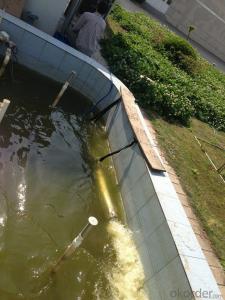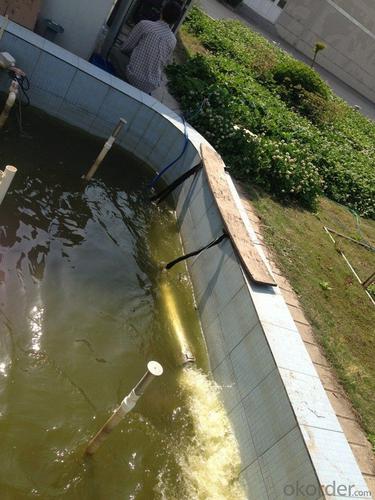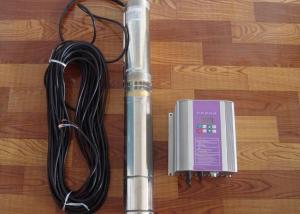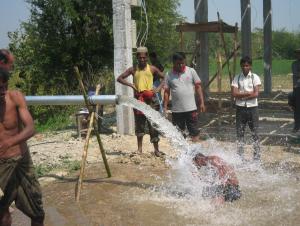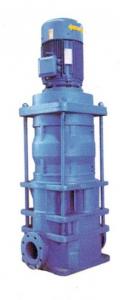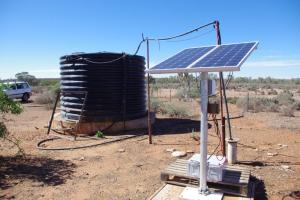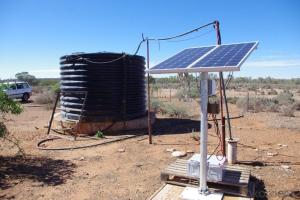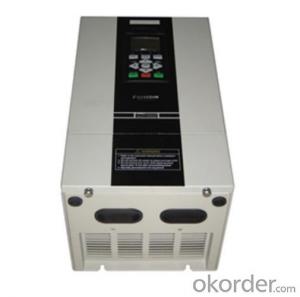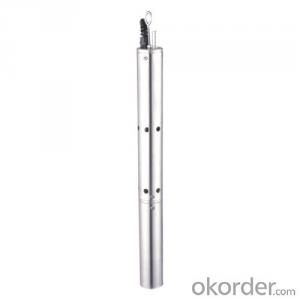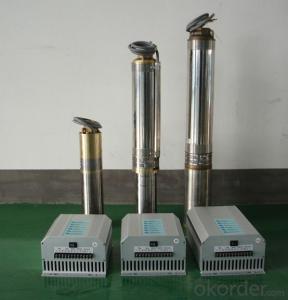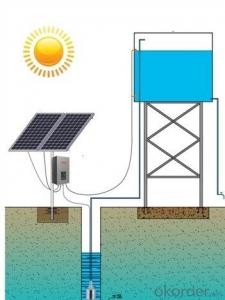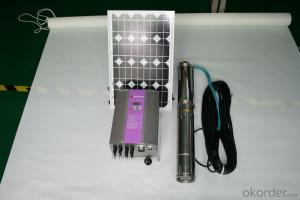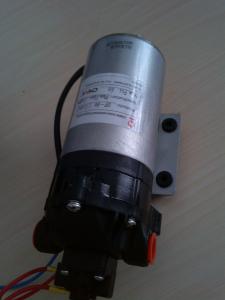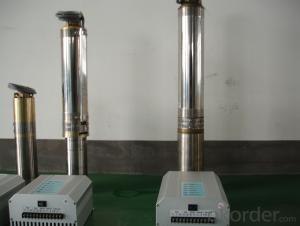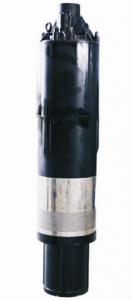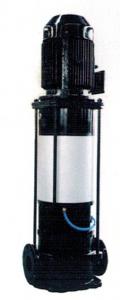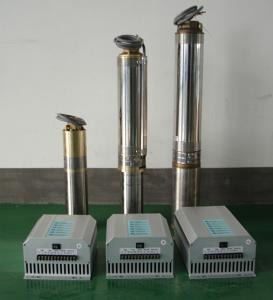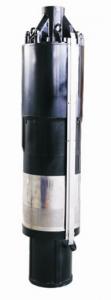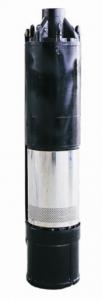12V Solar Pump with Water Lubrication
- Loading Port:
- Shanghai
- Payment Terms:
- TT OR LC
- Min Order Qty:
- -
- Supply Capability:
- 300 set/month
OKorder Service Pledge
Quality Product, Order Online Tracking, Timely Delivery
OKorder Financial Service
Credit Rating, Credit Services, Credit Purchasing
You Might Also Like
how is the rotor made:
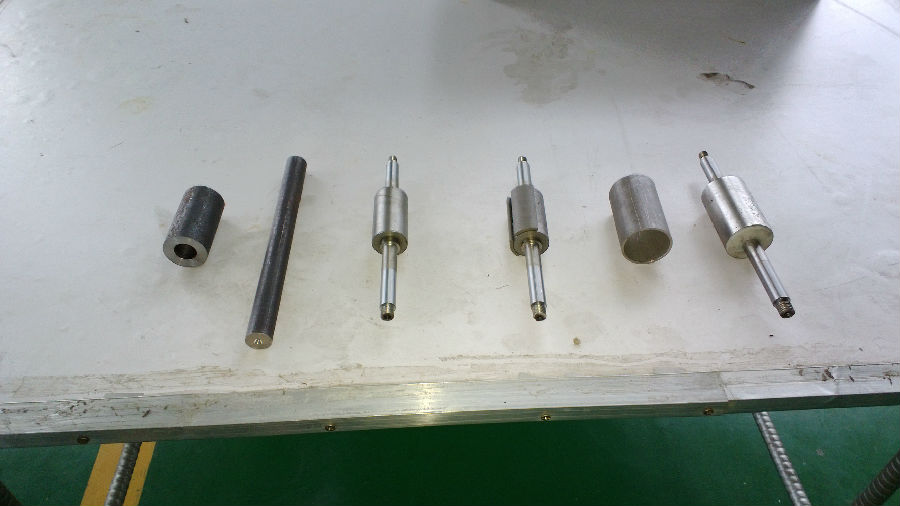
how is the motor made:
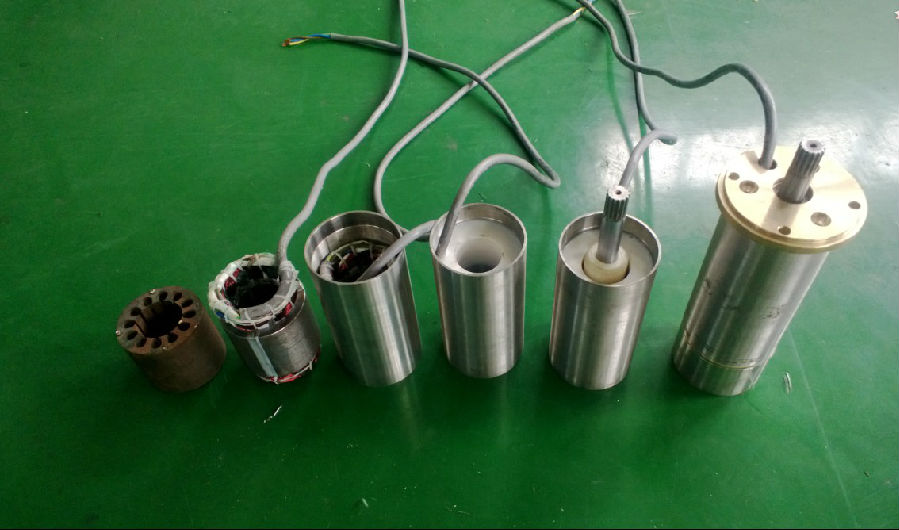
the pump :
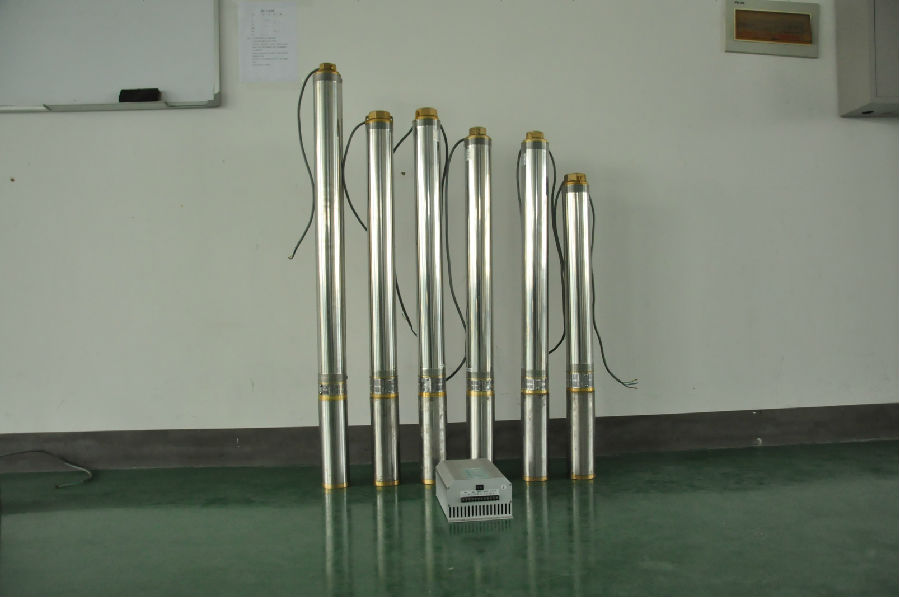
controller terminal connection:
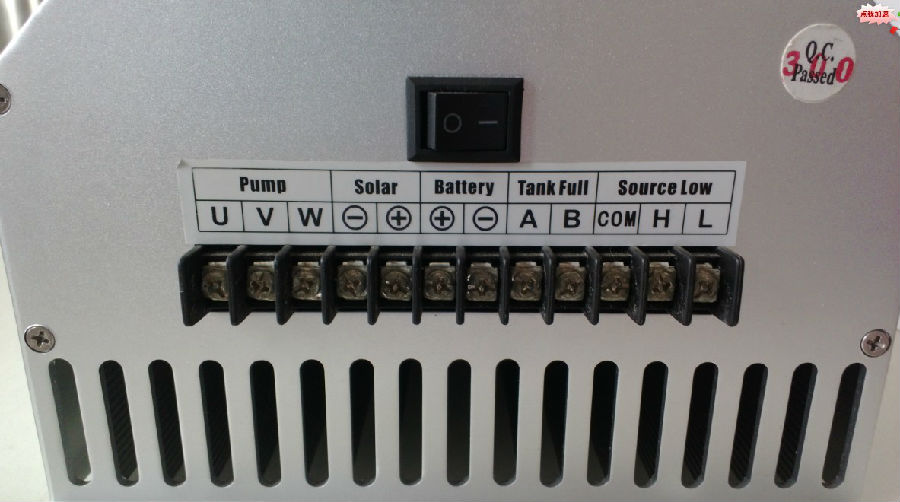
The permanent magnet:
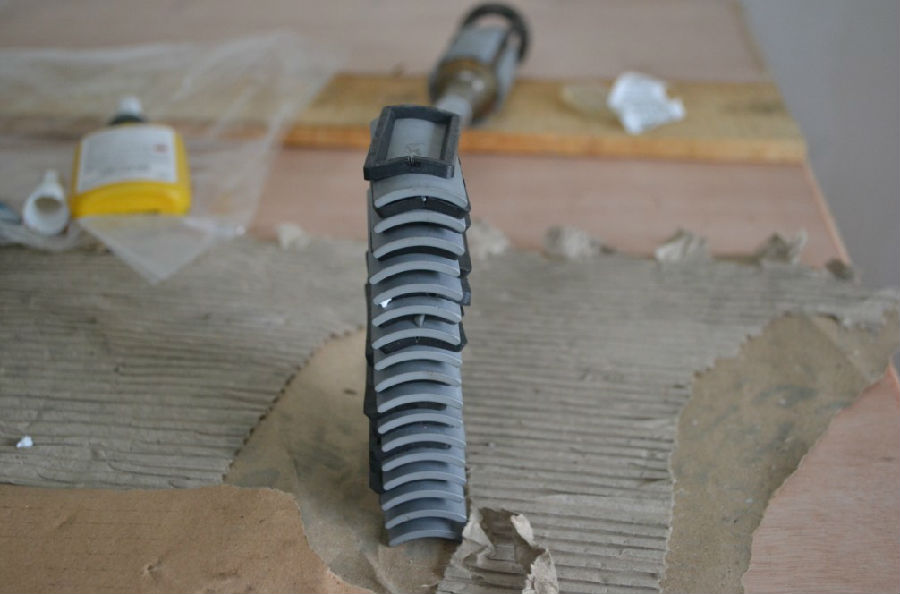
the impeller:
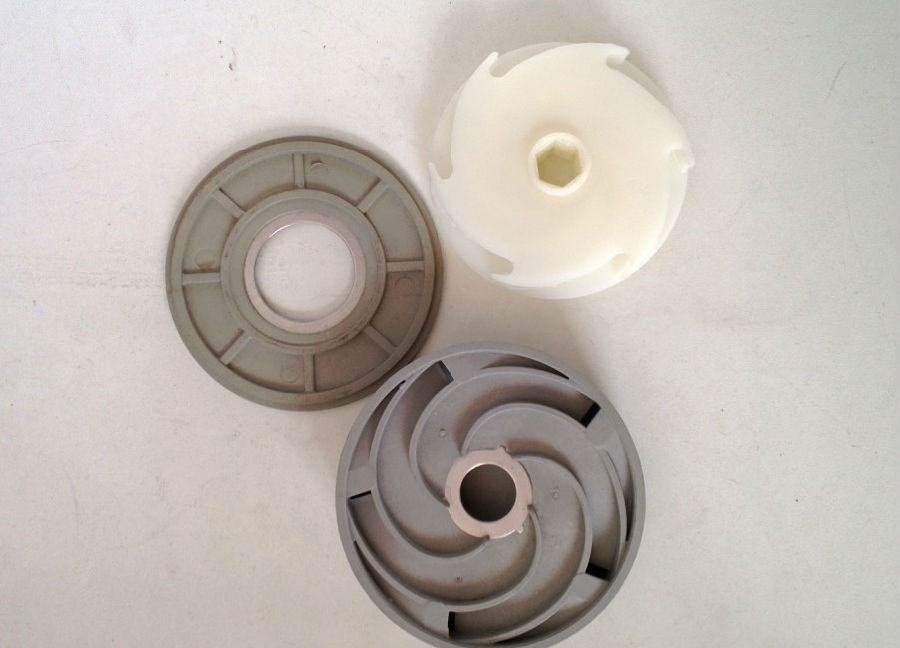
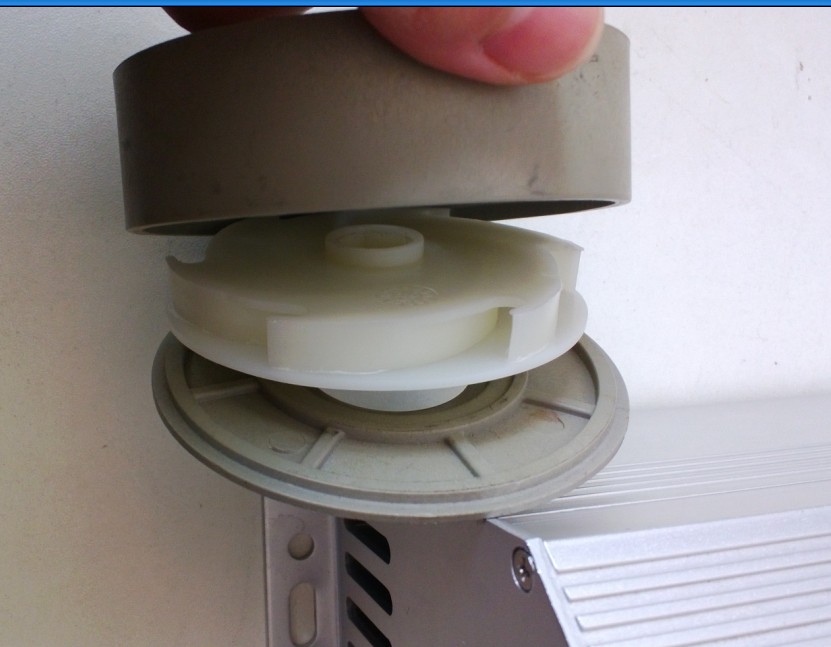
controller box:
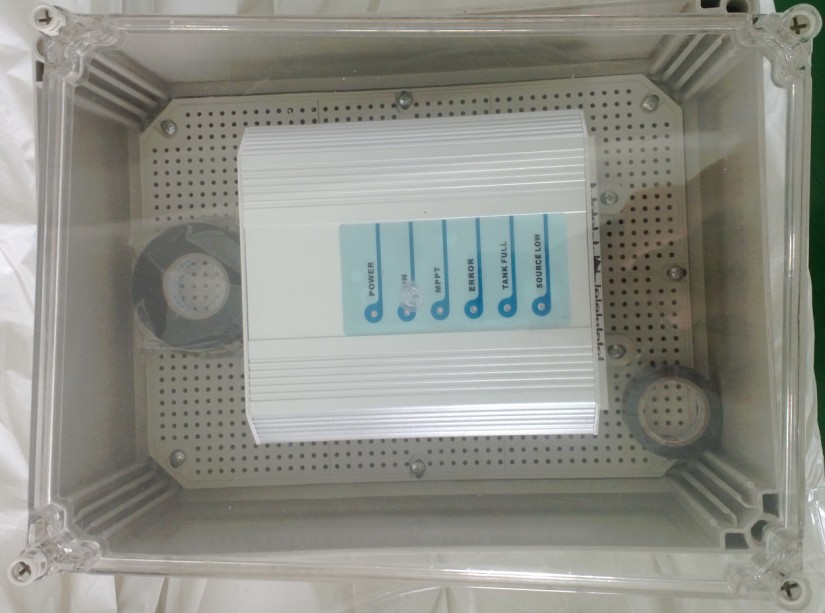
the senors:

the test:
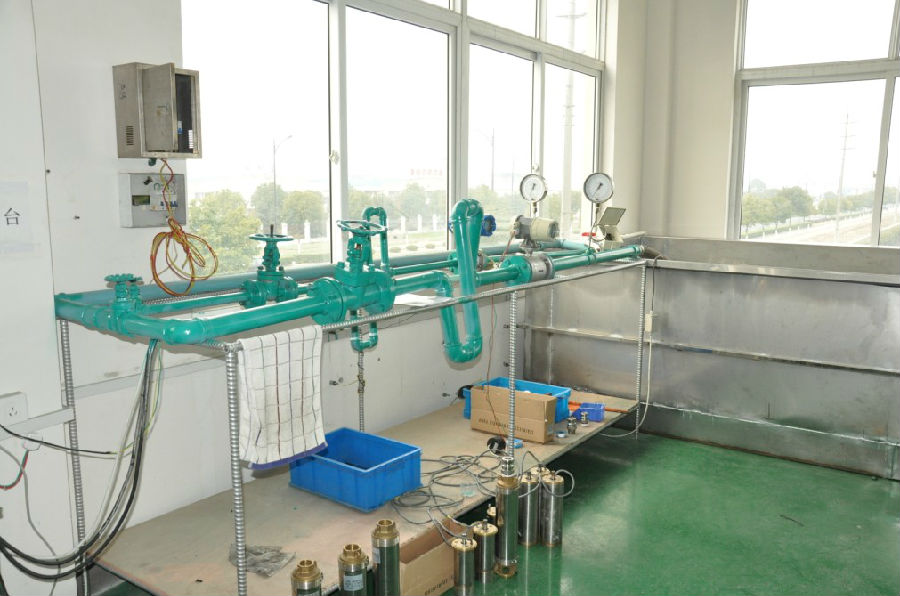
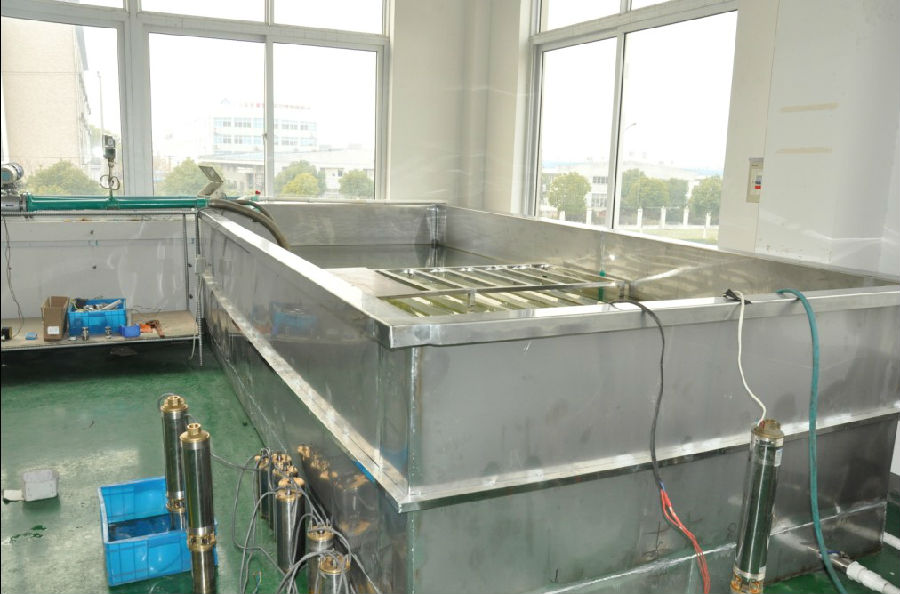
the application:
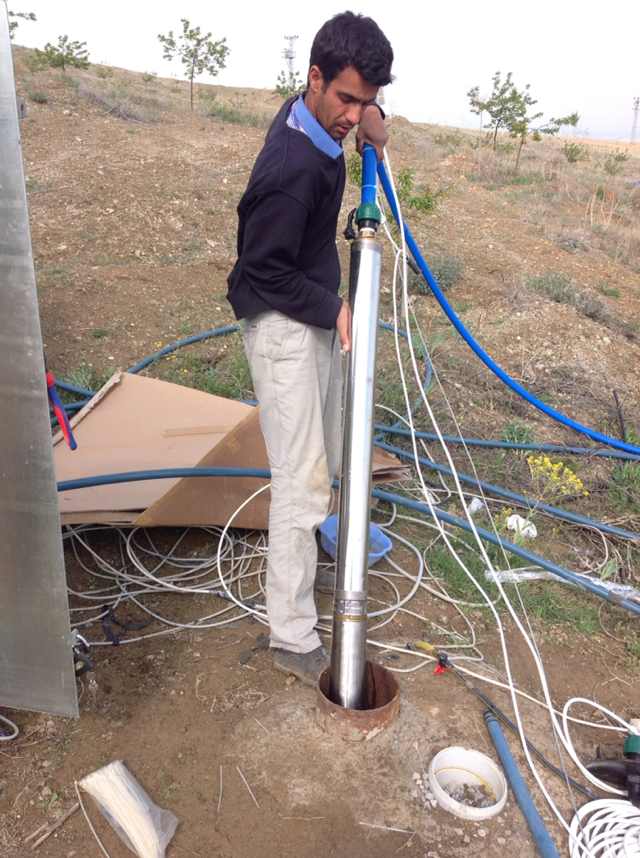
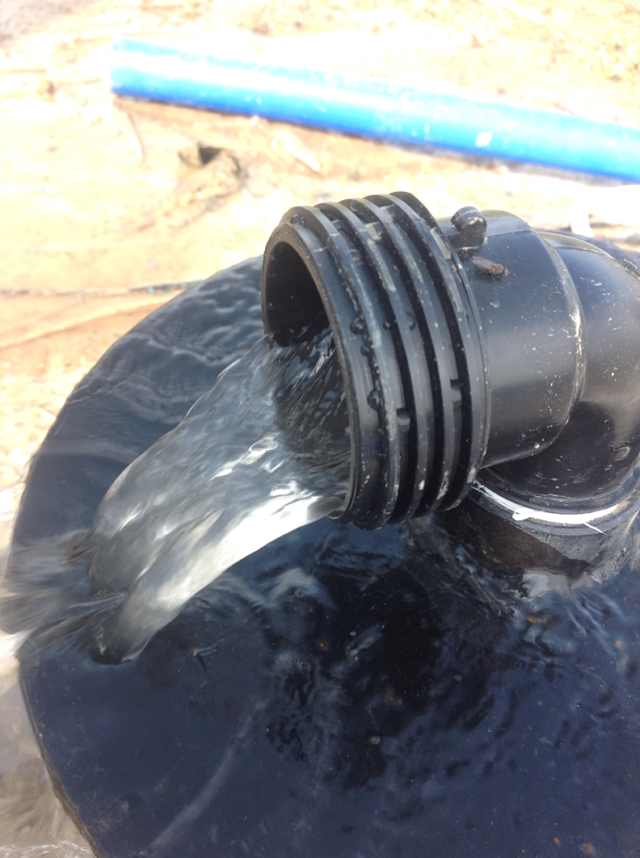
the package:
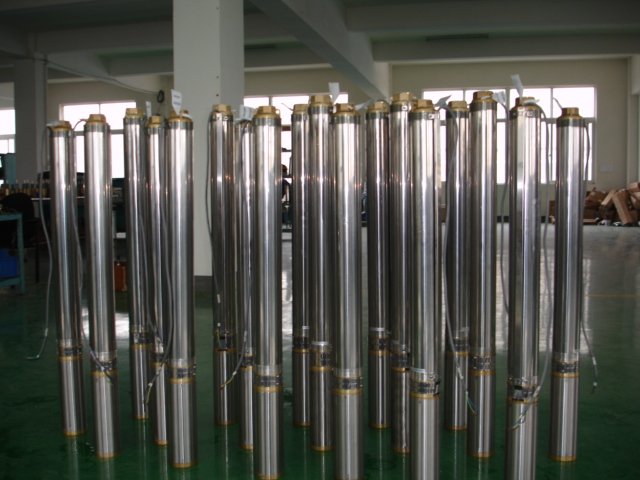
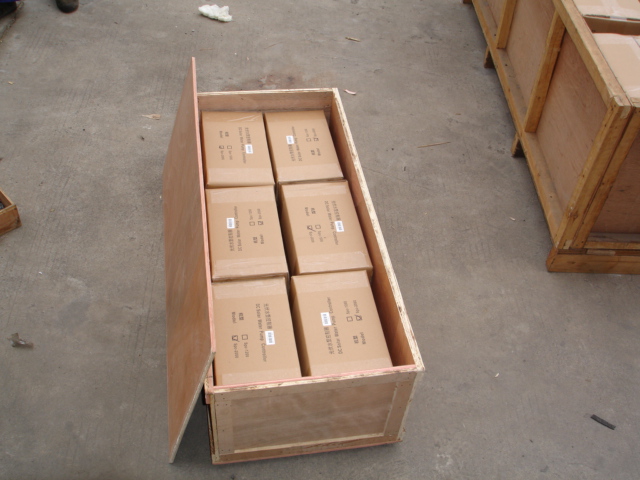
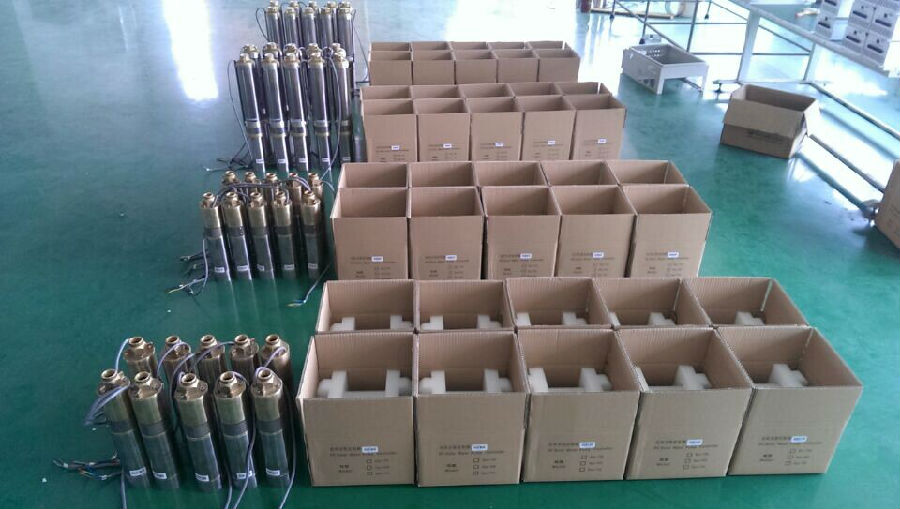

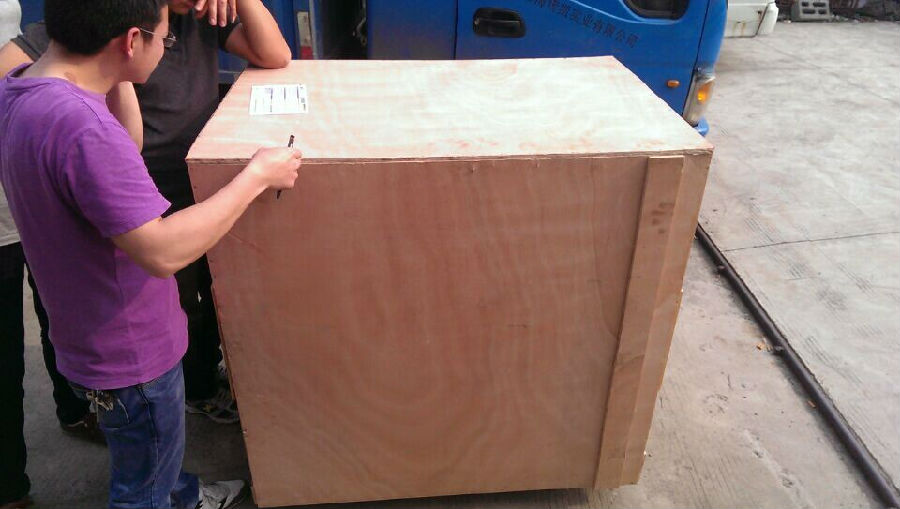
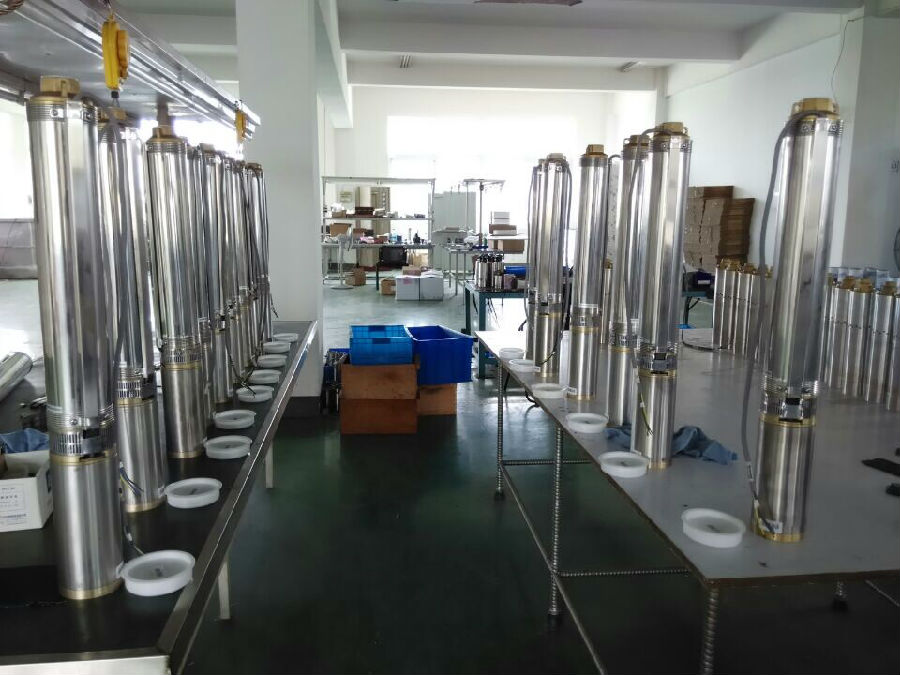
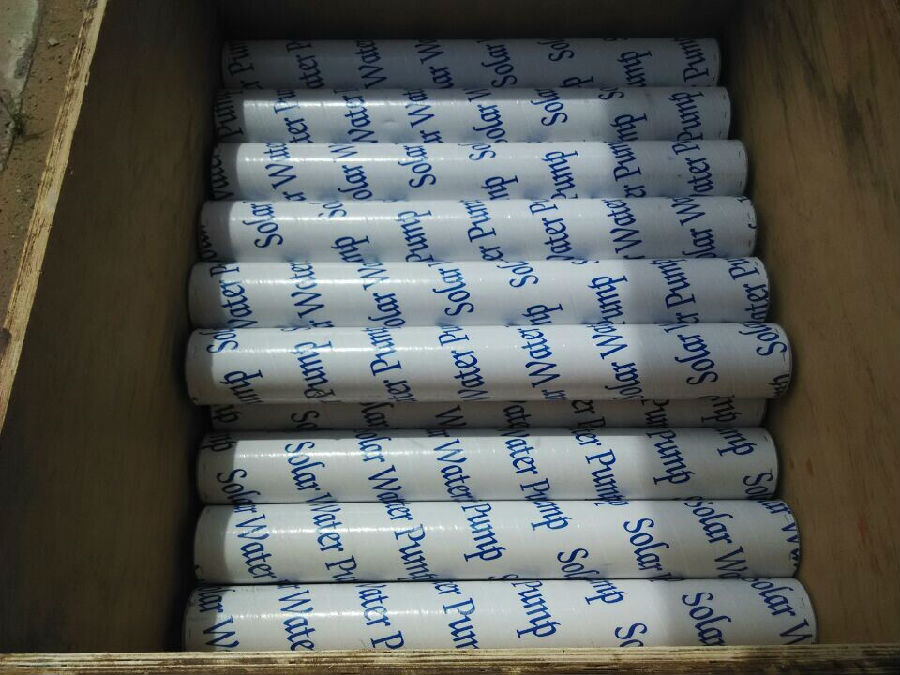
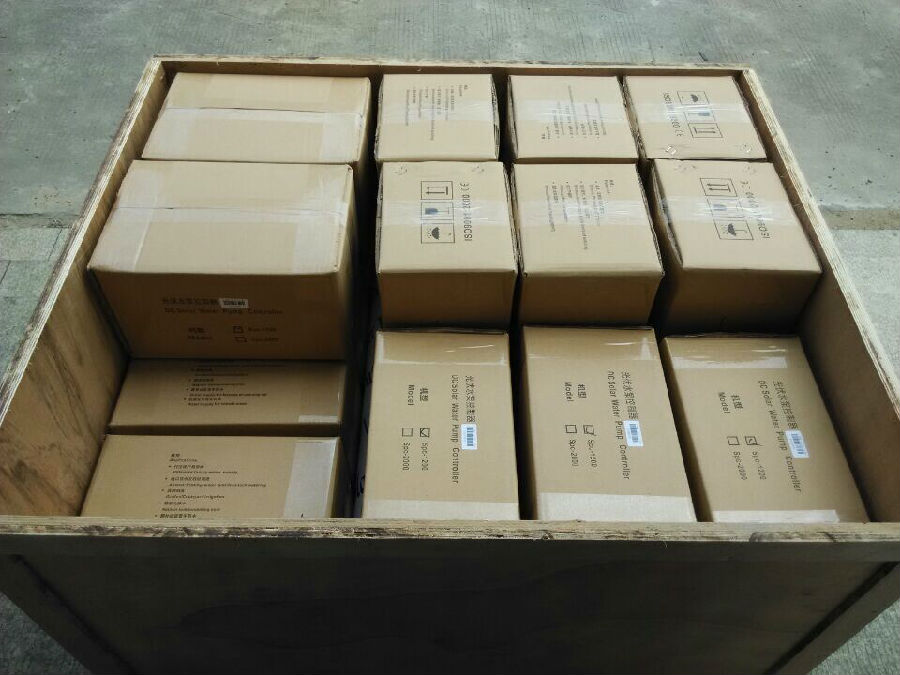
- Q: Can a solar pump be used for water supply in industrial applications?
- Yes, a solar pump can be used for water supply in industrial applications. Solar pumps are increasingly being utilized in industrial settings due to their energy efficiency, cost-effectiveness, and environmental benefits. These pumps can provide a reliable and sustainable water supply for various industrial processes such as irrigation, cooling systems, and wastewater management. Additionally, solar pumps can be easily integrated into existing industrial infrastructure, making them a viable option for water supply in industrial applications.
- Q: How does a solar pump help in reducing the use of chemical fertilizers?
- A solar pump helps in reducing the use of chemical fertilizers by providing a sustainable source of water for irrigation. With a solar pump, farmers can efficiently water their crops using solar energy, reducing the reliance on fossil fuel-powered pumps. This enables farmers to better regulate the amount of water used, preventing over-irrigation which can lead to the leaching of nutrients and the need for additional chemical fertilizers. Additionally, solar pumps can be paired with drip irrigation systems, which deliver water directly to the plant's roots, minimizing water wastage and ensuring that fertilizers are efficiently utilized by the crops.
- Q: Can a solar pump be used in remote locations without access to electricity?
- Yes, a solar pump can be used in remote locations without access to electricity. Solar pumps are designed to operate using solar panels and do not require a direct connection to the electrical grid. By harnessing solar energy and converting it into electricity, solar pumps can provide a reliable and sustainable water pumping solution in off-grid areas.
- Q: What is the expected efficiency of a solar pump system in converting solar energy to mechanical energy?
- The expected efficiency of a solar pump system in converting solar energy to mechanical energy can vary depending on various factors such as the type and quality of the solar panels, the design and efficiency of the pump system, and the environmental conditions in which the system operates. On average, a well-designed solar pump system can have an efficiency range of 20% to 40%. This means that it can convert 20% to 40% of the solar energy it receives into mechanical energy to power the pump. However, it is important to note that these figures are approximate and can vary depending on the specific system components and operating conditions. Efficiency can be improved by selecting high-quality solar panels with higher conversion efficiencies, ensuring proper system design and installation, and using energy-efficient pumps. Additionally, optimizing the system for maximum solar exposure, reducing energy losses due to wiring and connections, and regularly cleaning and maintaining the solar panels can also enhance the overall efficiency of the system. It is worth mentioning that solar pump systems are typically more efficient when used for low-pressure applications such as irrigation and water supply, as the energy requirements are relatively lower compared to high-pressure applications like pumping water to higher elevations. Overall, while the expected efficiency of a solar pump system can vary, with proper attention to system design, component selection, and maintenance, it is possible to achieve a satisfactory level of efficiency in converting solar energy to mechanical energy.
- Q: How do solar pumps handle water with high salinity or mineral content?
- Solar pumps can handle water with high salinity or mineral content by using specialized filtration systems. These systems are designed to remove or reduce the salt and mineral content from the water, ensuring that it is suitable for various applications such as irrigation or drinking water. Additionally, regular maintenance and monitoring of these filtration systems are necessary to ensure their optimal performance and longevity.
- Q: What are the benefits of using a solar pump?
- There are several benefits of using a solar pump. Firstly, solar pumps are powered by renewable energy, which means they have a minimal carbon footprint and help reduce greenhouse gas emissions. Additionally, solar pumps offer cost savings as they operate using free sunlight, eliminating the need for electricity or fuel. They are also low maintenance and have a long lifespan, providing a reliable and durable solution for water pumping needs. Moreover, solar pumps can be installed in remote or off-grid areas, making them ideal for agricultural, irrigation, and water supply purposes. Overall, using a solar pump promotes sustainability, energy efficiency, and economic viability.
- Q: Can a solar pump be used for water supply in agricultural greenhouses?
- Yes, a solar pump can be used for water supply in agricultural greenhouses. Solar pumps are increasingly being used in greenhouse farming as they are cost-effective, environmentally friendly, and can provide a reliable source of water for irrigation. By harnessing solar energy, these pumps can efficiently draw water from wells, rivers, or other sources and distribute it to the crops within the greenhouse, ensuring optimal growth and productivity.
- Q: Is it possible to retrofit an existing pump system with solar power?
- Yes, it is possible to retrofit an existing pump system with solar power. By installing solar panels and connecting them to the pump system, the pump can be powered by the energy generated from the sun. This allows for a sustainable and cost-effective alternative to traditional electricity sources.
- Q: What is the efficiency rating of a solar pump?
- The efficiency rating of a solar pump refers to the percentage of sunlight that is effectively converted into usable energy to power the pump.
- Q: Are solar pumps suitable for use in amusement parks?
- Yes, solar pumps are suitable for use in amusement parks. They are cost-effective, environmentally friendly, and can provide a reliable source of water for various attractions such as water rides, fountains, and decorative features. Additionally, solar pumps require minimal maintenance and can be easily integrated into existing infrastructure, making them a practical choice for amusement parks seeking sustainable and efficient water management solutions.
Send your message to us
12V Solar Pump with Water Lubrication
- Loading Port:
- Shanghai
- Payment Terms:
- TT OR LC
- Min Order Qty:
- -
- Supply Capability:
- 300 set/month
OKorder Service Pledge
Quality Product, Order Online Tracking, Timely Delivery
OKorder Financial Service
Credit Rating, Credit Services, Credit Purchasing
Similar products
Hot products
Hot Searches
Related keywords
